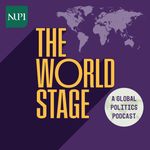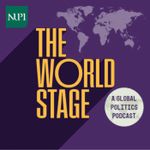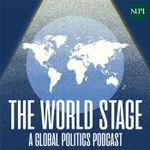Bridging or dividing people? A conversation about Bosnia and Herzegovina and Mostar in particular
In this podcast episode we’ll take a closer look at the relationship between the different ethnic groups in Mostar after the Balkan wars.
What influences the resilience of different population groups to radicalization and violent extremism?
One of the case study areas in the EU-funded PREVEX project is the Balkans. In this episode of the NUPI podcast The World Stage, we are zooming in on Mostar in Bosnia and Herzegovina. The famous bridge in Mostar represents a symbolic background for the social fabric that has suffered from the war in the 1990’ies. In 1993 the bridge was destroyed in the civil war that raged in the former Yugoslavia. On one side of the bridge, the Bosniak community was predominant, on the other side, the majority were Croats.
The bridge was later rebuilt, but how are the relations between people in Bosnia and Herzegovina and in Mostar today, nearly three decades after the war ended? Do people from the different ethnic groups mix, socially, at school or at work? How is this different from before the war? What are the lessons to be learnt and what are the main challenges today? And with the recent general elections in the country, is there any hope for change?
Listen in as Senior Research Fellow at NUPI, Kari Osland, discusses this with Professor Edina Becirevic (Security Studies at UNSA and co-founder of Atlantic Initiative) and politician Lana Prlic (Representative in the Parliament of the Federation of Bosnia and Herzegovina and Vice President for SDP BiH).
Hosted on Acast. See acast.com/privacy for more information.


